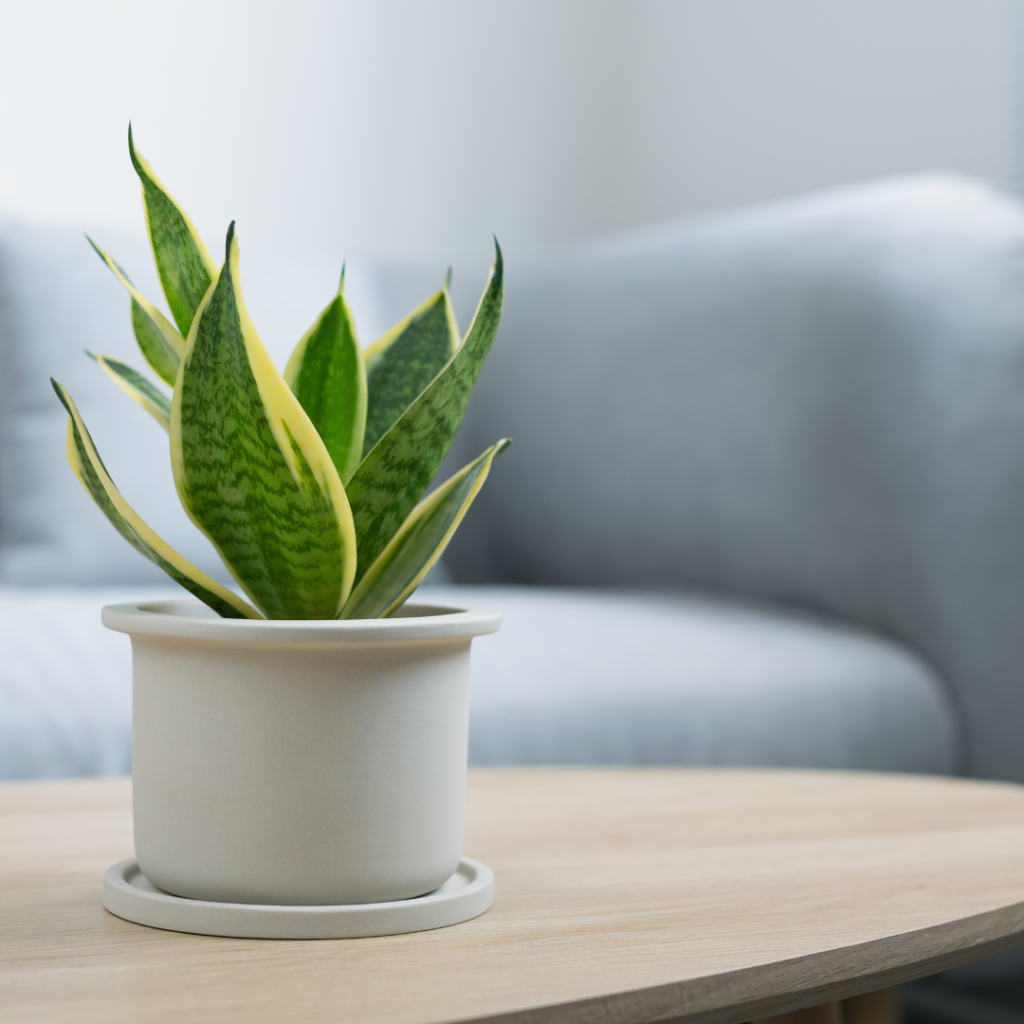Introduction
For allergy sufferers, every change in the season can be a battle against sneezing, itchy eyes, and congestion. While you can’t control the outdoor environment, you can create a healthier indoor space to escape allergens. Air-purifying plants, a natural and aesthetically pleasing solution, have the power to transform your home into a haven for allergy sufferers. In this blog, we’ll explore the many benefits of incorporating air-purifying plants into your living space and how they can make a significant difference in your overall well-being.
With that being said, this article is not intended to provide medical advice or serve as a substitute for clinical evaluation and treatment by a licensed practitioner. It is merely to provide the inherit benefits that plants provide. Note that while houseplants can aesthetically improve most home decor, some plants are toxic to pets and humans. Additionally, it is also possible to have allergic reactions to some species. For your safety, if you suffer from allergies and have small children or pets, do your research before bringing any plants into your home.
1. Improved Air Quality
Air-purifying plants are nature’s own air filtration system. They absorb and break down common indoor air pollutants, including volatile organic compounds (VOCs), such as formaldehyde and benzene, and airborne particles like dust and mold spores. By introducing these plants into your home, you can significantly reduce the allergenic and irritant particles in the air, making it easier to breathe.
2. Allergy Symptom Relief
Airborne allergens like pollen, pet dander, and dust mites are common triggers for allergy symptoms. Air-purifying plants can help mitigate these issues by trapping allergens on their leaves and in their root systems, thus reducing the allergen load in the air. This leads to less sneezing, congestion, and itchy eyes, providing much-needed relief for allergy sufferers.
3. Humidity Regulation
Certain air-purifying plants, such as peace lilies and Boston ferns, release moisture through a process called transpiration. This natural humidity regulation can be particularly helpful for individuals with allergies, as it prevents the air from becoming too dry, reducing the risk of irritation and respiratory discomfort.
4. Stress Reduction
Allergies can be emotionally taxing, adding stress to the physical discomfort. Air-purifying plants not only improve air quality but also have been shown to reduce stress and promote a sense of well-being. Caring for these plants can be a calming and therapeutic experience, offering a mental respite from the struggles of allergies.
5. Better Sleep
Allergies can disrupt sleep, leaving sufferers feeling fatigued. By purifying the air and improving indoor air quality, air-purifying plants can help you breathe more easily, reduce nighttime congestion, and create a more conducive environment for restful sleep.
6. Aesthetic Enhancement
In addition to their practical benefits, air-purifying plants enhance the aesthetics of your living space. They bring a touch of nature indoors, contributing to a calming and visually pleasing atmosphere that can help counteract the stress and discomfort associated with allergies.
Plant Suggestions for Allergy Sufferers
- Spider Plant (Chlorophytum comosum)
- Peace Lily (Spathiphyllum)
- Snake Plant (Sansevieria)
- Aloe Vera (Aloe barbadensis miller)
- Boston Fern (Nephrolepis exaltata)
Conclusion
Air-purifying plants offer more than just an appealing touch of greenery in your home. They can substantially improve air quality, reduce allergy symptoms, and provide relief from the physical and emotional toll that allergies can take. By incorporating these natural air purifiers into your living space, you not only breathe easier but also enjoy a healthier and more serene indoor environment. Give your well-being a boost by welcoming these green allies into your home and experiencing the benefits firsthand.
